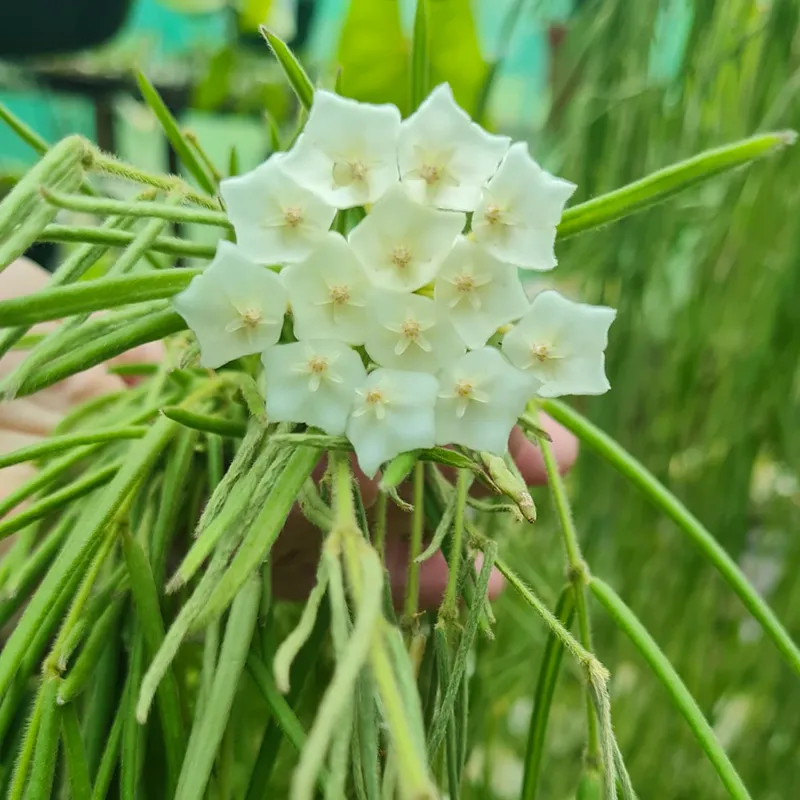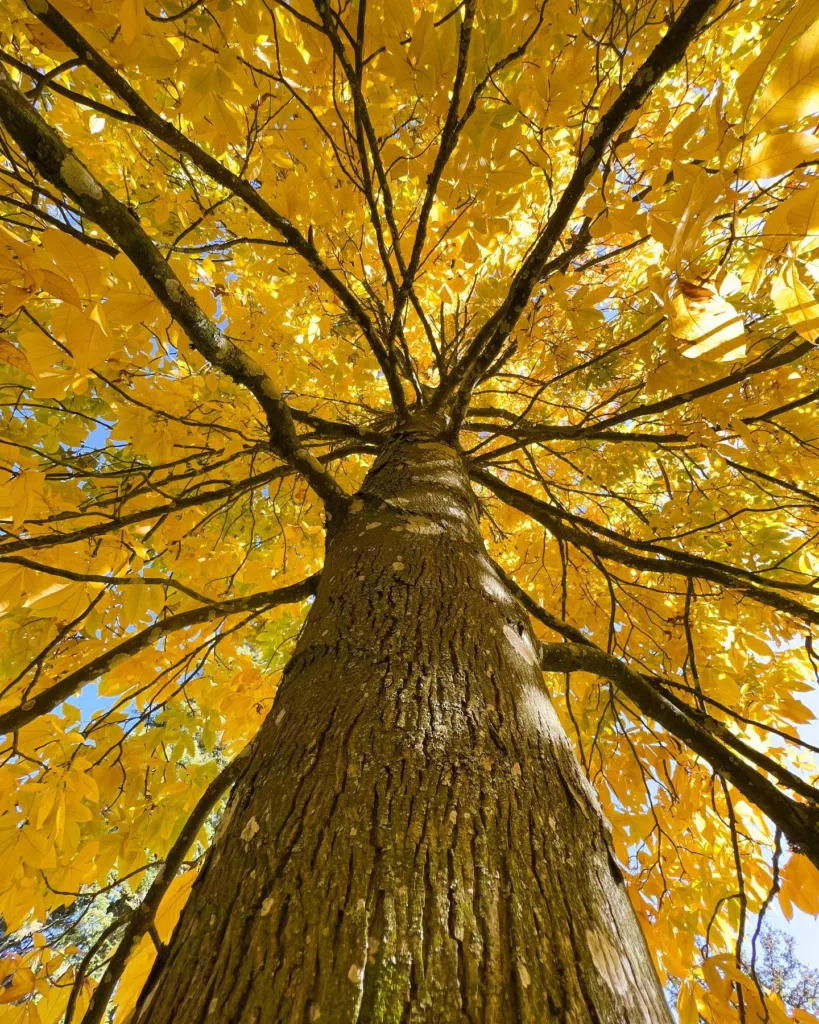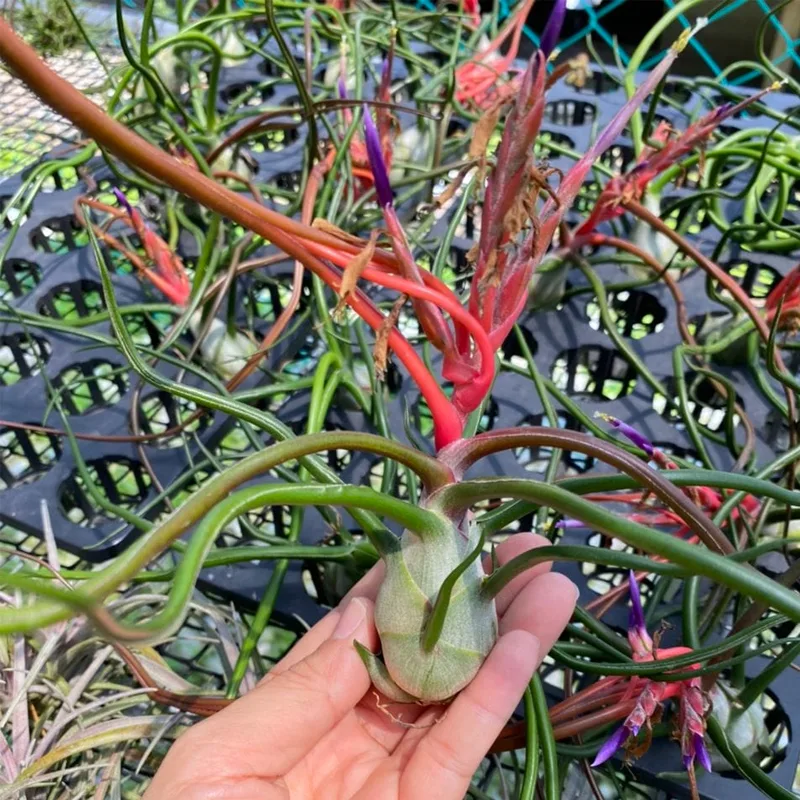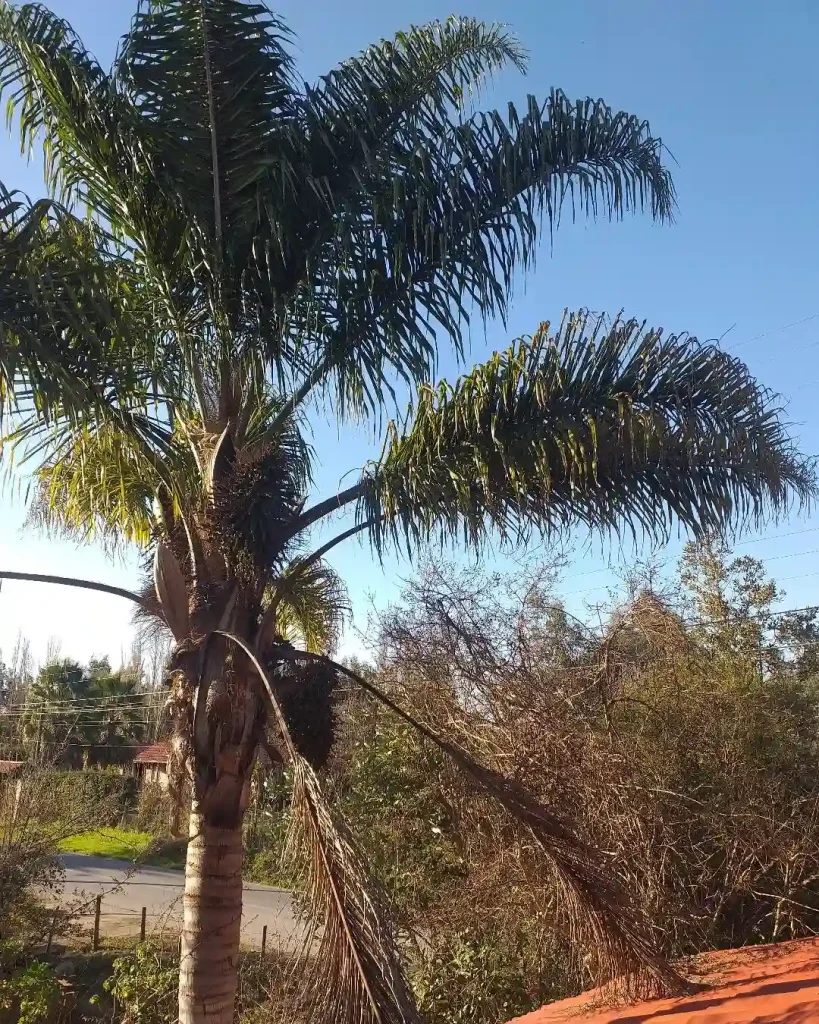Echinopsis: My Prickly Passion
I’ve always been drawn to the unique beauty of cacti family, Cactaceae. Their resilience, their stark forms, and their surprising bursts of vibrant blooms fascinate me. But among the many cacti genera, one holds a special place in my heart: Echinopsis.
Echinopsis, derived from the Greek words “echinos” (hedgehog) and “opsis” (appearance), perfectly captures the essence of these cacti. Their spiny, globular forms, often resembling sea urchins or hedgehogs, are instantly recognizable. But it’s their flowers that truly steal the show. These large, trumpet-shaped blooms, often appearing in shades of white, pink, red, and yellow, are a breathtaking spectacle. They emerge at night, filling the air with their sweet fragrance, and last only a day or two, making their appearance all the more precious.
My fascination with Echinopsis began a few years ago when I stumbled upon a small, unassuming cactus at a local plant nursery. It was labeled simply “Echinopsis,” and I was immediately intrigued. I took it home, not knowing what to expect, and patiently waited. Months later, my patience was rewarded with a magnificent white flower that bloomed one evening, transforming the prickly plant into an ethereal beauty. I was hooked.
Since then, my collection of Echinopsis has grown considerably. I’ve spent countless hours researching different species, learning about their unique characteristics and care requirements. I’ve even started propagating them from seed, carefully nurturing the tiny seedlings until they develop into mature plants.
A Diverse Genus
The genus Echinopsis is remarkably diverse, encompassing a wide range of shapes and sizes. Some species, like Echinopsis pachanoi (San Pedro cactus), grow into towering columns, while others, like Echinopsis chamaecereus (Peanut cactus), remain small and clumping. This diversity is part of what makes Echinopsis so captivating. Each species has its own unique charm, and there’s always something new to discover.
Here are fascinating species within the Echinopsis genus:
- Echinopsis oxygona: This popular species is known for its large, globular stems and stunning pink or white flowers.
- Echinopsis albispinosa K.Schum.
- Echinopsis aurea Britton & Rose
- Echinopsis breviflora (Backeb.) M.Lowry
- Echinopsis calochlora K.Schum.
- Echinopsis chalaensis (Rauh & Backeb.) H.Friedrich & G.D.Rowley
- Echinopsis chrysantha Werderm.
- Echinopsis clavata (F.Ritter) D.R.Hunt
- Echinopsis cuzcoensis (Britton & Rose) H.Friedrich & G.D.Rowley
- Echinopsis densispina Werderm.
- Echinopsis haematantha (Speg.) D.R.Hunt
- Echinopsis jajoana (Backeb.) Blossf.
- Echinopsis lageniformis (C.F.Först.) H.Friedrich & G.D.Rowley
- Echinopsis marsoneri Werderm.
- Echinopsis oligotricha (Cárdenas) M.Lowry
- Echinopsis rauschii Friedrich
- Echinopsis rojasii Cárdenas
- Echinopsis tacaquirensis (Vaupel) H.Friedrich & G.D.Rowley
- Echinopsis torrefluminensis M.Lowry
- Echinopsis werdermannii Frič ex Fleisch.
More Than Just Looks
But my interest in Echinopsis goes beyond their aesthetic appeal. I’m also fascinated by their cultural significance and potential uses. For centuries, various Echinopsis species have been used by indigenous peoples in South America for medicinal and ceremonial purposes. The San Pedro cactus, for instance, contains mescaline, a psychoactive compound used in traditional rituals.
Moreover, Echinopsis are incredibly resilient plants, able to thrive in harsh, arid environments. Their ability to store water and withstand extreme temperatures makes them a symbol of endurance and adaptability. In a world facing increasing environmental challenges, these qualities are more relevant than ever.
A Continuing Journey
My journey with Echinopsis is far from over. I’m constantly learning new things about these fascinating plants, and I’m excited to see what the future holds. I plan to continue expanding my collection, experimenting with different propagation techniques, and delving deeper into the cultural and historical significance of Echinopsis.
If you’re looking for a plant that is both beautiful and resilient, I highly recommend giving Echinopsis a try. Their unique forms, stunning flowers, and fascinating history make them a rewarding addition to any plant collection. Just be sure to handle them with care – those spines are sharp!
If i die, water my plants!



